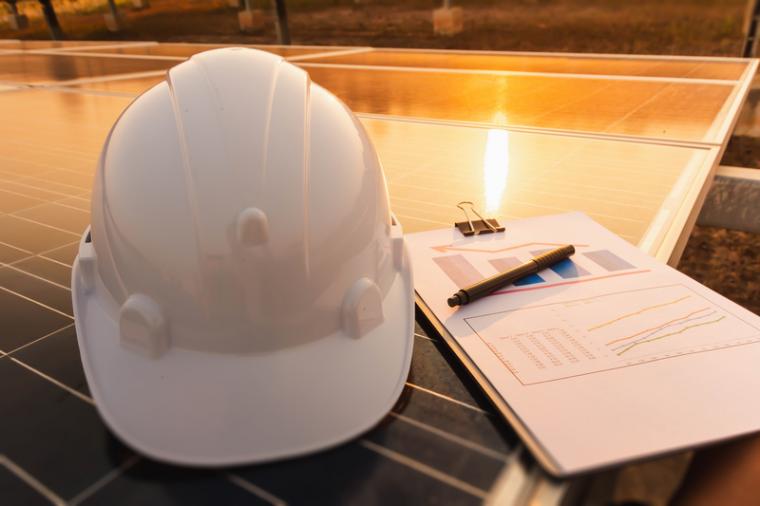
Jerry Szatan founded Szatan & Associates, a location strategy and site selection consulting firm based in Chicago, in 1998. He has more than 30 years’ experience in business location strategy and site selection, economic development strategy and practices, and real estate consulting in the United States and abroad. He is a founding member and current president of the Site Selectors Guild.
The ability to monitor and adjust advanced manufacturing processes in real time offers an enormous opportunity to make the processes greener by reducing waste and increasing energy efficiency. Many companies have recognized the potential to use advanced manufacturing techniques to green their production.
These include:
• Ford announced a power purchase agreement with utility DTE Energy that will add 650 megawatts of new solar energy capacity in Michigan by 2025, increasing solar energy in the state by 70 percent.
• Agricultural giant ADM in Decatur, Illinois, in partnership with the University of Illinois, successfully captured and stored over one million metric tons of CO2 (equivalent to emissions from 1.2 million cars) five miles underground in a decade-long test of commercial-scale, technological feasibility known as the Illinois Basin – Decatur Project. Environment + Energy Leader magazine named it a top project for 2022. Together with a second project, The Illinois Industrial Sources Carbon Capture and Storage Project, more than 3.4 million metric tons of CO2 have been sequestered to date. Building on these programs, ADM, in partnership with Wolf Carbon Solutions, proposed earlier this year a 280-mile pipeline to transport CO2 from ADM plants in Iowa to the storage site.
• Lego is investing $1 billion to build a 1.7 million square-foot precision manufacturing facility to build its blocks in Virginia that will be carbon-neutral and solar-powered.
• Swedish paper maker Essity announced plans to replace natural gas used in paper drying with green hydrogen produced using wind-generated electricity at its plant in Wiesbaden, Germany by 2024.
Efficiency is traditionally measured by some combination of greatest output, lowest cost and least waste. That works well when there is a price for all the resources being used in production. Pollution in air and water clearly is a waste product, but until the environmental legislation of the 1970s, clean air and water were not priced in the market and their cost was insufficiently — if at all — considered in operating choices.
Today, companies must meet environmental and emission rules and regulations, whose scope is often hotly debated. Economists generally prefer a carbon tax as incentive for reducing CO2: put a price on emissions and let the market find the best way to reduce that cost, but this approach has not gained political traction.
As many have said, the best way to treat pollution is to prevent it in the first place. More recently, concerns about a warming planet and how to adapt to its changes have led many companies to adopt decarbonization and energy efficiency goals.
Why else might companies choose sustainable or green options beyond meeting their regulatory obligations and burnishing their image?
Talent, for starters. Attracting and retaining employees, especially younger ones, is easier when companies’ and employees’ values align, and polls generally show higher concern about climate change among younger age groups.
ADM noted that its carbon capture and storage (CCS) programs “make us a more attractive supplier” to customers who want to green their supply chain.
There are also cost savings. I recently asked the retired CFO of a Midwest utility that announced it would close a coal-fired power plant and replace it with wind power two years earlier than previously scheduled why the company sped up the timetable. He replied that when the cost of fuel is zero, the economics become compelling. Perhaps Lego’s solar field will also lead to lower or more stable energy prices.
Finally, going greener today may be a hedge against the future risk of tighter emission standards or a carbon tax. Further, the recently signed Inflation Reduction Act broadens existing tax credits for CCS and other measures.
It may be optimistic to think that all manufacturers will embrace green options, beyond the efficiency intrinsically promised by advanced manufacturing and the growing role of renewables in energy supply, and it may be a tougher step for smaller firms, but these and other examples tell me that more companies are seeing green and weighing sustainability in their facility decisions. T&ID
